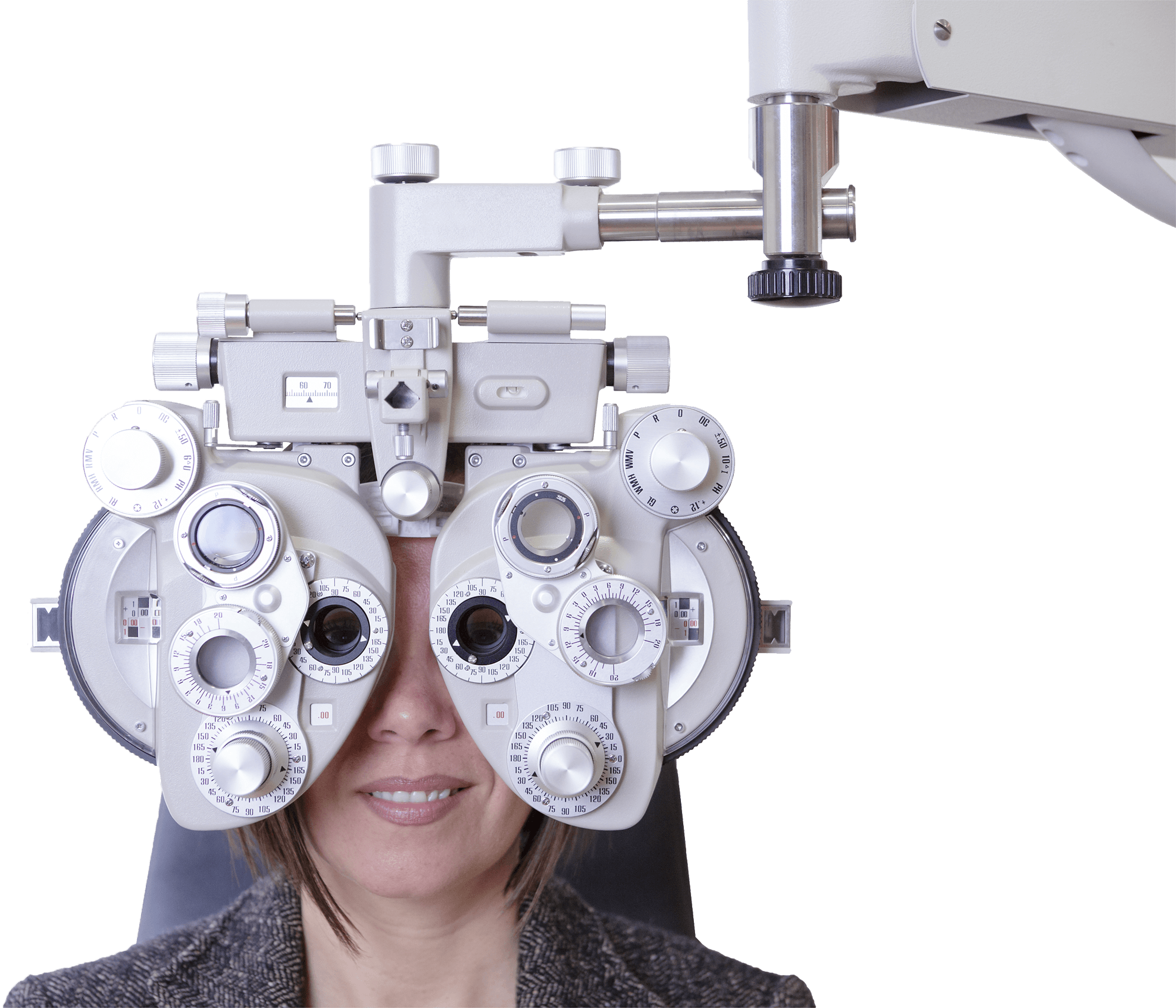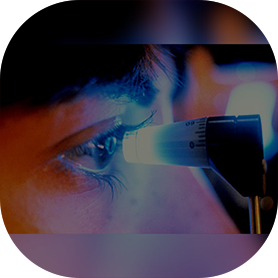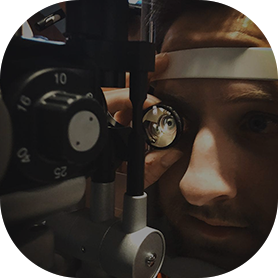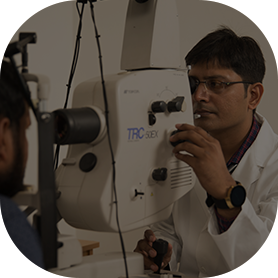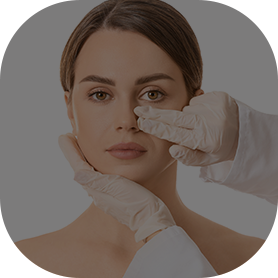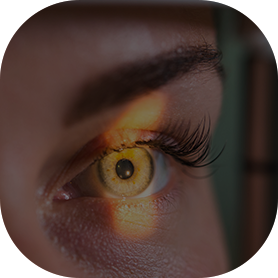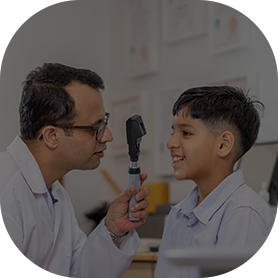Presbyopia
One of the most frustrating vision problems is the loss of reading vision caused by a normal, age-related condition called presbyopia. You start to notice problems of presbyopia shortly after age 40. This is why it is called ‘Betala’ in colloquial Gujarati. Best Presbyopia Treatment In Ahmedabad You will probably find that you hold reading materials/mobile phones farther away in order to see them clearly.

Glass number
Children with weak vision are treated through eye exercises, glasses, and eye drops.
Amblyopia or lazy eye
Amblyopia is reduced vision in an anatomically normal eye. The term “Lazy eye” is used to describe it. This condition happens when visual function of one eye is underdeveloped. This could be successfully treated in early childhood as complications increase with age.
Squint
Squint is a visual defect in which the eyes are misaligned and point in different directions. The eye turn may be constant, or it may come and go. The turned eye may straighten at times, and the straight eye may turn.
Allergic eye disease
These include congenital cataract, Ptosis or drooping of eye lids, congenital nasolacrimal duct blockage (or NLD blockage) which results in watering of eyes. Newborns and younger infants commonly have some matting in their eyes and may have a lot of tearing; this could be because of blocked tear duct.
Book An Appointment


Prelex 1
Prelex 2
